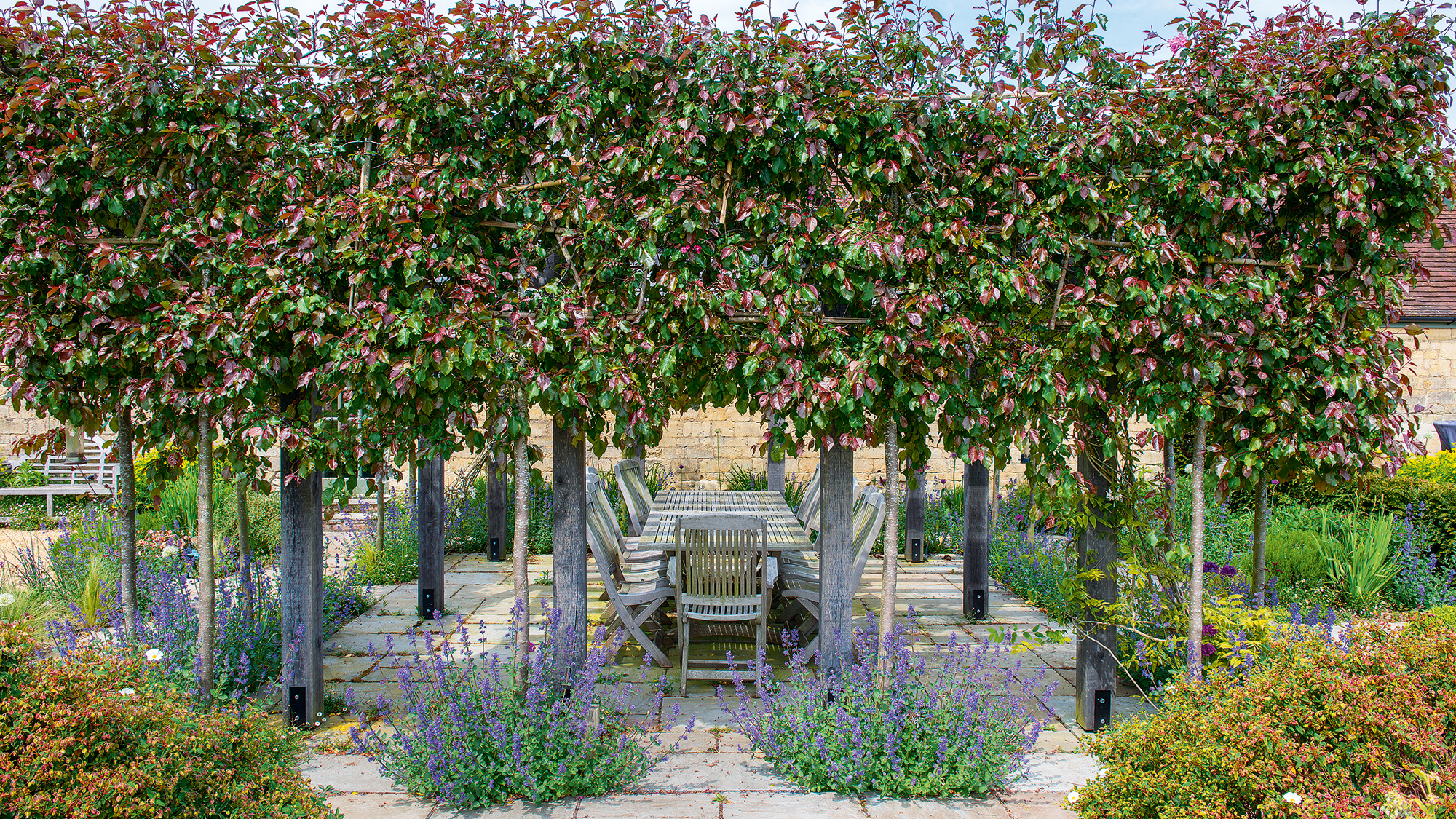
If you want to stop your yard being overlooked, or to block an unattractive building, you can in fact cultivate your own living green screen by learning how to grow pleached trees.
This horticultural art of training the head of a tree into a square shape has been around for thousands of years, and in 18th century Europe was a popular way to offer shade along walkways in formal landscaped gardens. In contemporary yards, it is an attractive, natural solution to add height to the boundary for privacy without boxing yourself in with tall fences. You can also give a designer look to your landscaping as you zone areas for dining or relaxing.
Pleaching can also be an efficient way to establish a small orchard of fruit trees even if you don't have acres of space in your backyard, as they are planted round its edges. The technique, which is similar to espalier, involves weaving the flexible young branches of a tree so they follow a frame rather than branching out unchecked on all sides – resulting in a geometric canopy atop the stilt of the trunk. We have some expert advice on how you can cultivate a row of pleached trees, from the tools you need to the fruits that you can grow.
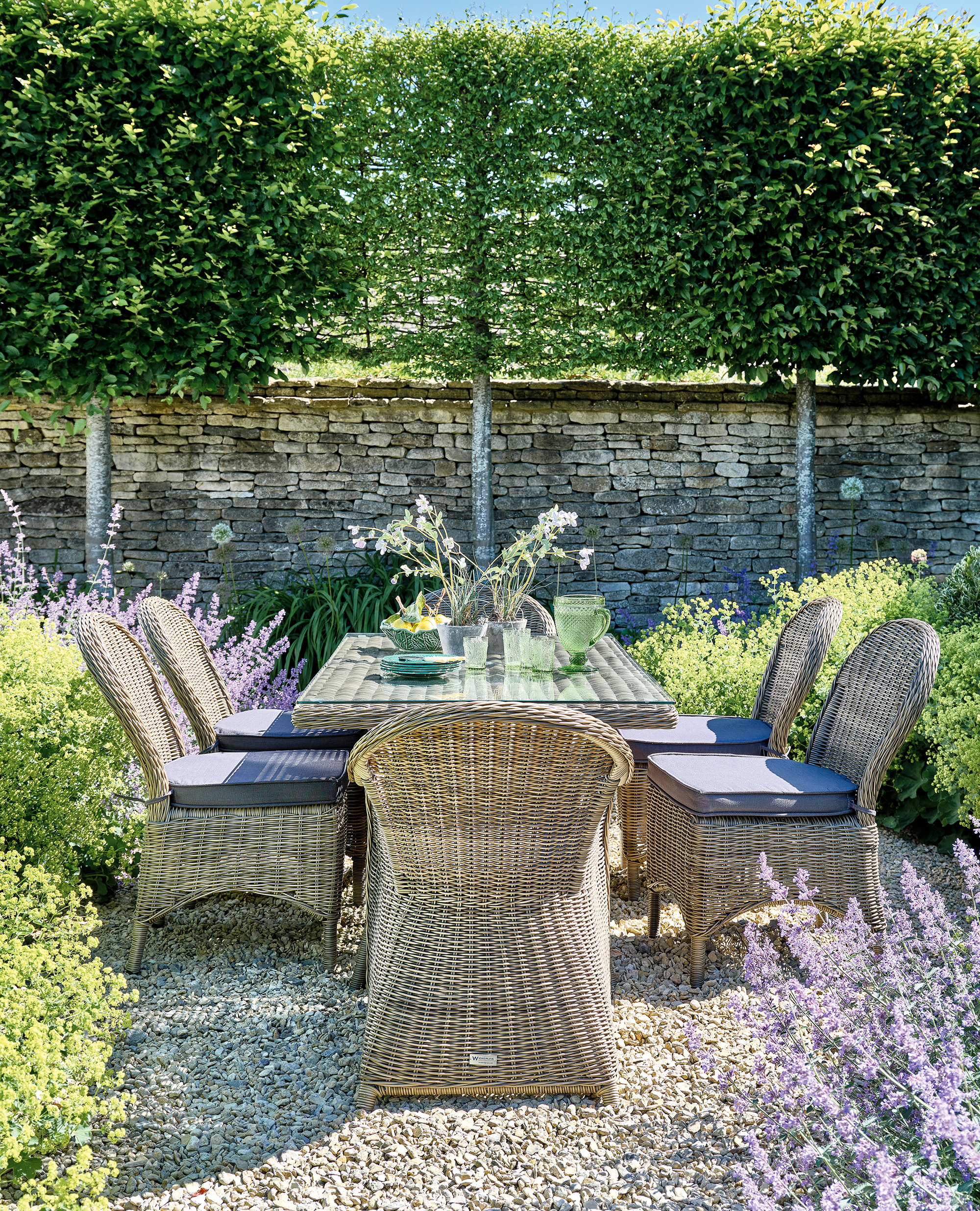
What you’ll need
- Tall, bare root trees about 3-4" or 4-5" in girth
- A pre-made bamboo frame or a mix of 60" and 72" bamboo poles to make your own
- Pruning tools such as shears, pruning saws and loppers for high branches
- Garden ties, such as these from Amazon, or twine for holding shoots and branches in place
- Cable ties if you are making the frame
- Wooden stakes - these bamboo stakes from Amazon would be useful - to support the trees while they're growing
The appeal of pleaching
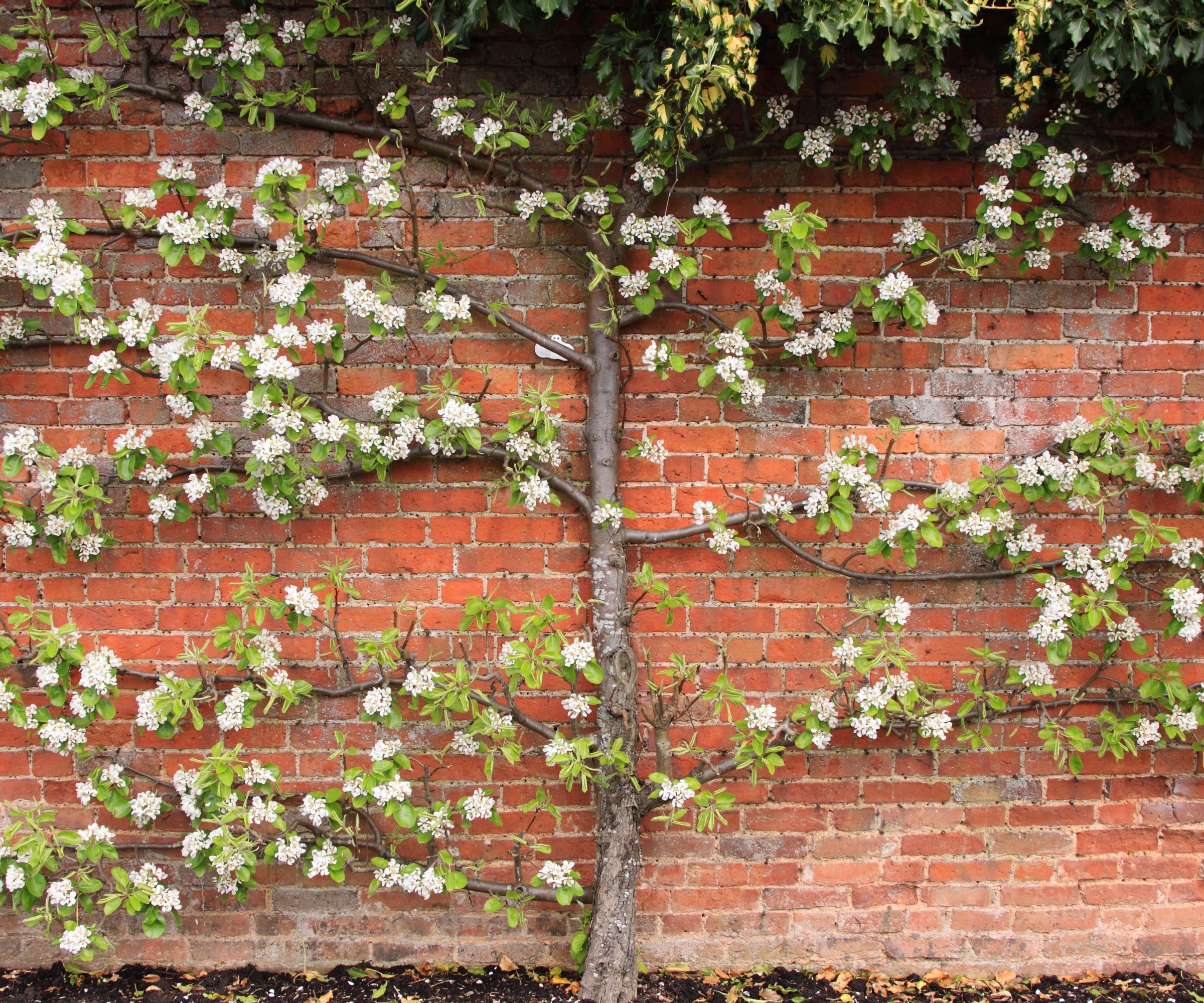
‘Pleaching provides the functional quality of providing privacy or marking boundaries, but it also adds an elegant and sculptural quality to the open space,’ says Matthew Wilson, CEO of Handy Gardeners.
The best trees to train have ‘pliable branches and an inherently upright habit. Commonly used species include hornbeam (Carpinus betulus), beech (Fagus sylvatica), lime (Talia spp.), and apple (Malus spp.),' he says.
When selecting your plants, you should also consider how tall and wide you want your pleached hedge to be and also the ease of maintenance. It will need pruning regularly to keep its form, so choose trees that are robust and not susceptible to infections through the wounds that pruning can cause.
Trees with a relatively short distance between the buds will give you the right density of branches for a pleached tree.
Prepping and planting

Get to know your soil type and climate to see which trees and shrubs will thrive in your region as you don’t want your newly created screen withering and dying away. The USDA plant hardiness zone map, which is divided up into 11 zones broken up by average temperatures, will help you determine which perennial plants will grow well.
Next, measure out where you will plant each tree so they are evenly spaced. You can have each frame nearly touching for a dense, unbroken, bushy effect or leave a few feet between them to really appreciate the sculptural shape.
Most trees will need well-drained soil and at least partial sun for healthy growth. It is best to plant them in fall, when the ground is soft and wet but still warm, then train the new branches in spring and summer. Once they have reached their full extent, they can be pruned in summer to shape and limit their spread.
Make your frame
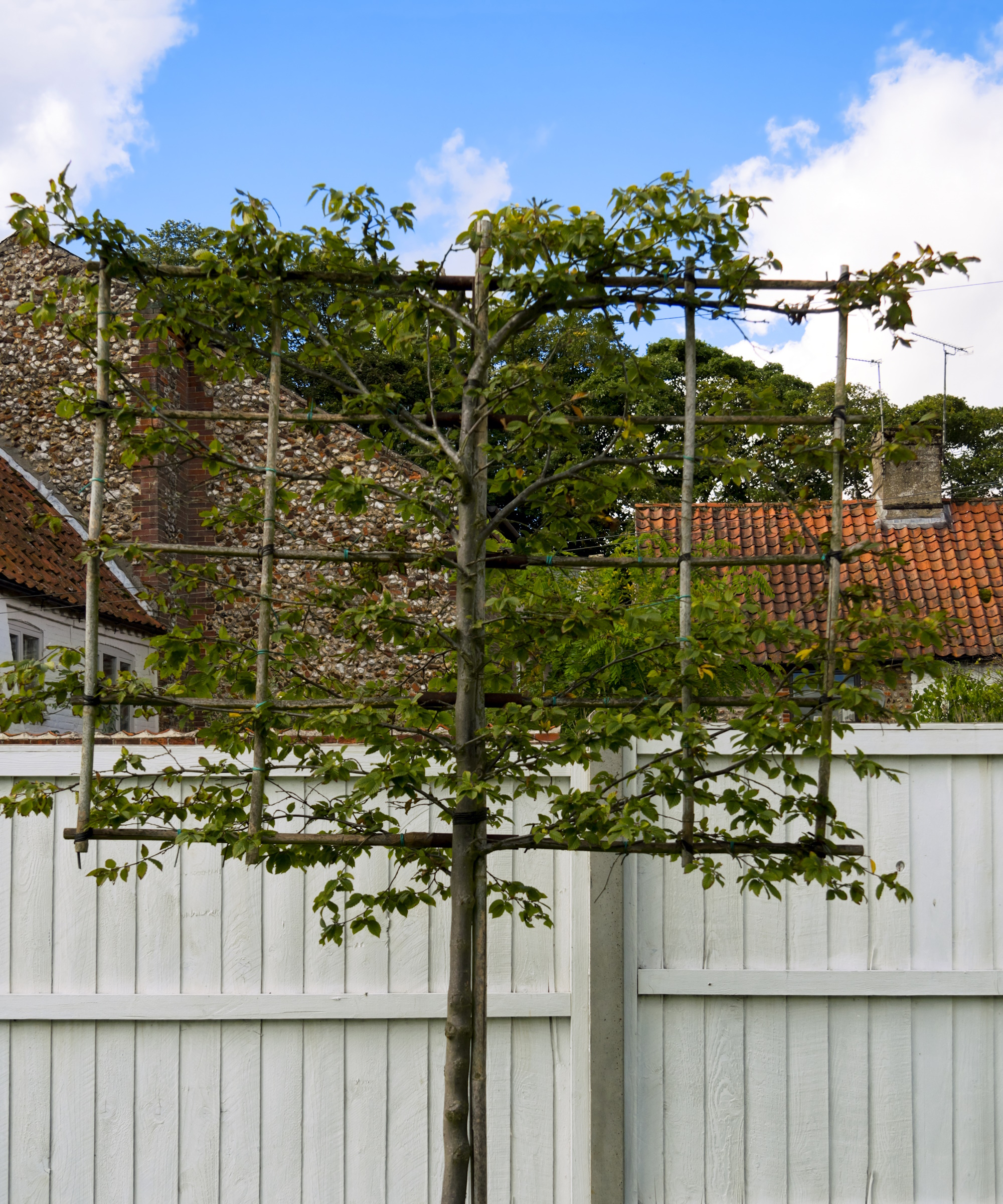
You can buy trees with a frame already fixed in place, but it is also easy, and relatively cheap, to make your own.
You'll need approximately seven 60" poles and two 72" poles like these from Lowe's.
Use the shorter poles to make a square with three equally spaced poles running horizontally in between. Take the two longer poles and make an 'A' shape in the middle of the frame for the top of the tree stem to sit at its apex. Secure the poles firmly with cable ties, such as these from Target.
Train your tree
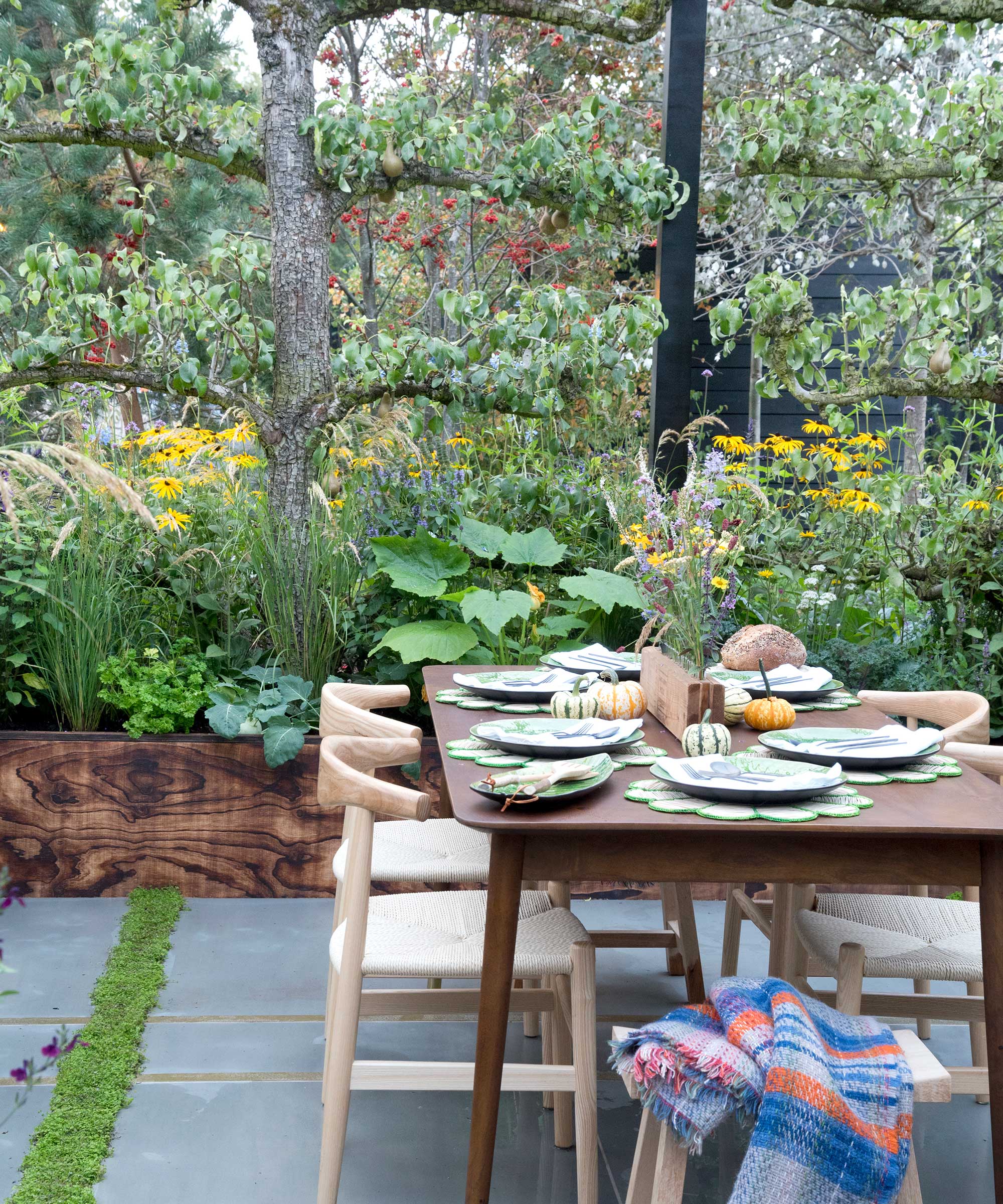
As the tree grows, remove the forward- and backward-facing branches as you only want the flexible young side branches, known as laterals.
'Establish a framework of primary branches, which will become the permanent skeleton or pleaching structure of the hedge,' says Matthew. 'Weave and bend branches of adjacent plants together with the main trunk.'
Use covered garden wire, such as these plant ties from Amazon, to keep them in place as it won't cut into the wood. Tie them loosely enough for the branch to swell.
‘It should be regular and symmetrical, with uniform spacing of the branches from one end to the other,’ adds Matthew. ‘Prune and trim the pleached structure on a regular basis, shaping its size and density. Eliminate crossing or erratic branches. Promote lateral growth to fill empty spaces and cover the canopy.’
Good quality pruning tools are essential for training and maintaining the trees as they grow, such as this three-piece set by YRTSH from Amazon.
Once the pleached trees are fully established and mature, the bamboo frames can be carefully cut away and removed.
Pleaching with fruit trees
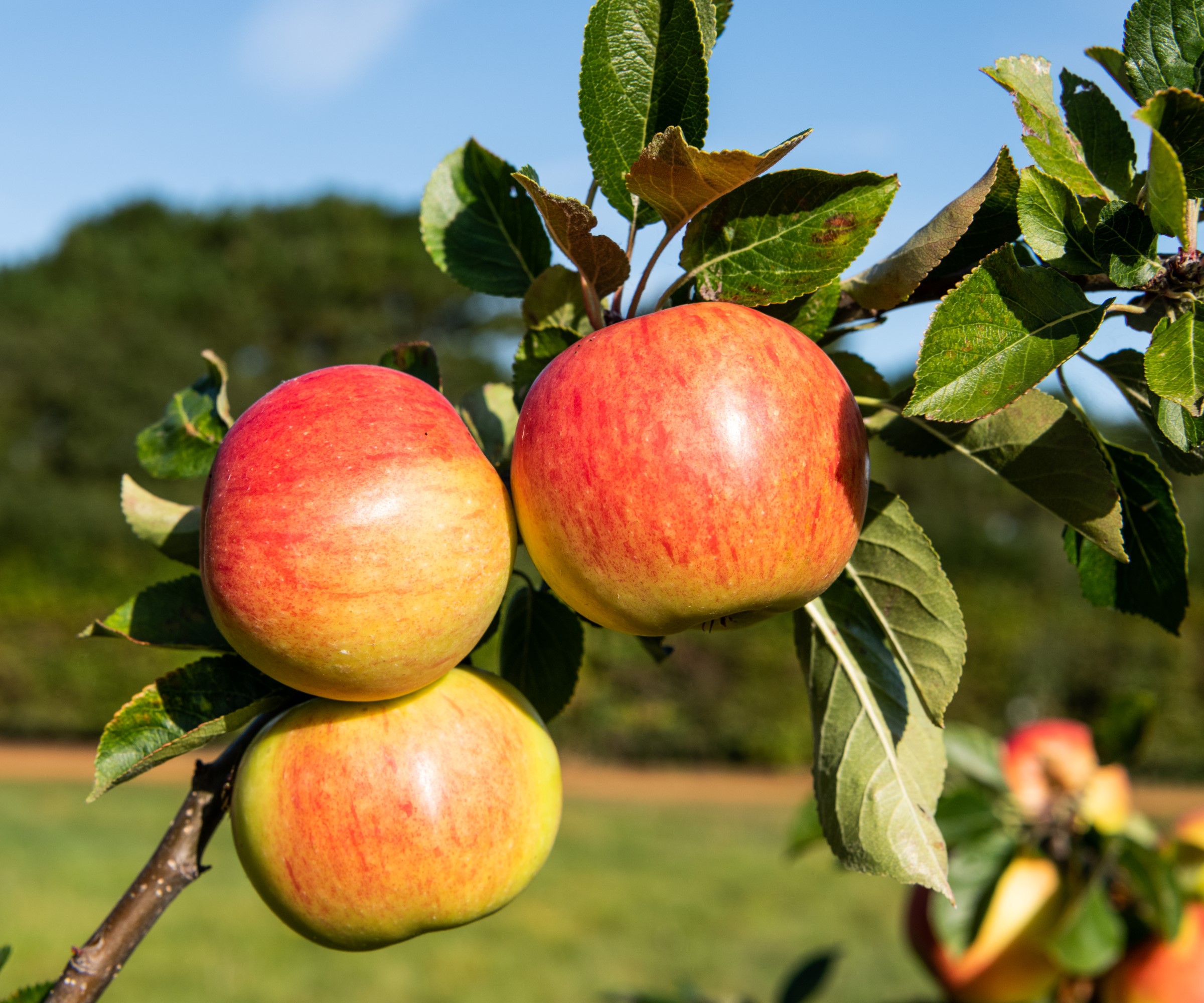
If you are passionate about growing your own produce, pleaching trees can help you cultivate an orchard of fruit trees even in a small backyard. They will also produce an array of blossoms in spring to add a colorful dimension to your screen.
Matthew recommends these as some of the best fruit trees to plant:
‘Apple (Malus spp.): Apples make wonderful candidates for pleaching because of their pliable branches and good-looking foliage.
‘Dwarf or semi-dwarf apple varieties are best to use in spaces, with cultivars featuring ornamental characteristics such as colorful flowers or fruit as a bonus.
‘Pear (Pyrus spp.): The pear creates a beautiful and productive living fence. Compact growth habit and disease resistance are key traits to look for in pear varieties for the best results.
‘Quince (Cydonia oblonga) trees can be easily pleached, with extremely fragrant spring blooms and fall fruit. Select quinces with a vigorous yet manageable growth habit for easy training and maintenance.'
You can see a wonderful assortment of fruit trees to train at Fast Growing Trees.
Pleached tunnels and arbors
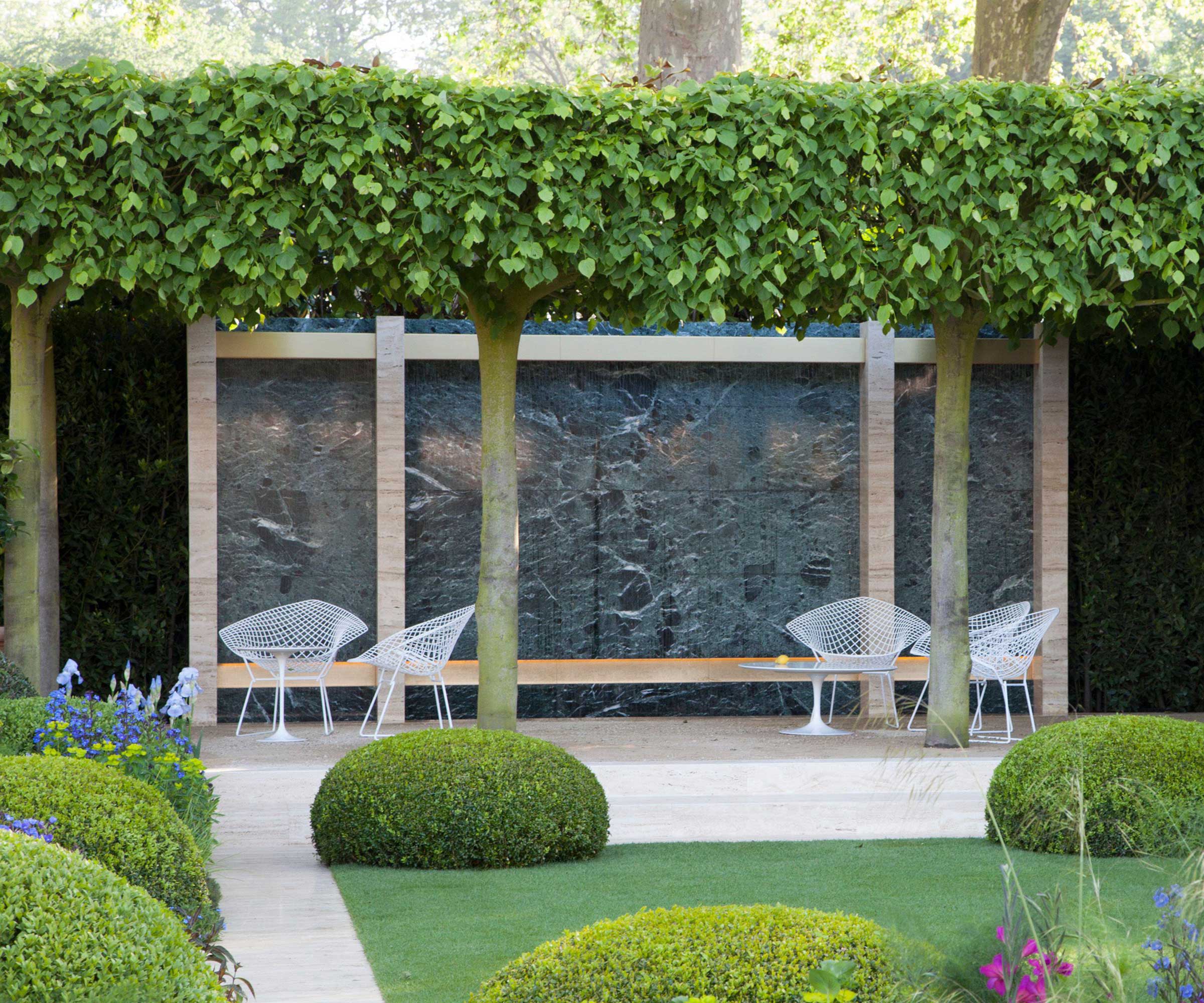
You can use the pleaching technique to make tunnels and arbors of shaped trees and plants. You will need the supporting framework to be permanent, so use a sturdy metal that won't rust.
Make the tunnel tall enough so people can walk through it without brushing the foliage with their heads once it's grown. About eight foot is ideal, but no lower than seven foot.
Laburnum, also known as the 'Golden Chain Tree', and wisteria can be trained to make romantic-looking arches thanks to the abundance of pendulous yellow and purple flowers they produce in spring.
Trees can also be trained to run along walls in a technique known as espalier. This is perfect for smaller green spaces, especially enclosed urban yards, as it gives you more scope for growing fruit while leaving the centre of the garden free.







